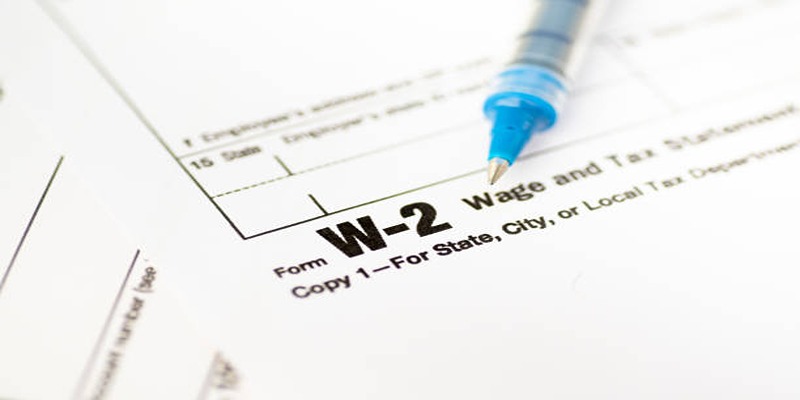Looking to maximize your home’s equity? A cash-out refinance could be the answer—but how can you be sure it’s the right move? Enter the cash-out refinance calculator. This handy tool breaks down the numbers, helping you weigh costs and benefits with ease. In this guide, we’ll cover everything you need to know, from how it works to interpreting the results for smarter financial decisions.
What Is a Cash Out Refinance?

A cash-out refinance involves replacing your current mortgage with a new, larger one. The extra amount is provided to you as a lump sum, which can be used for home renovations, paying off debt, or achieving other financial goals.
For example:
- Current mortgage balance: $200,000
- New loan amount after cash-out refinance: $250,000
- Lump sum payment you receive: $50,000 (minus fees and closing costs)
While it sounds simple, understanding the financial implications is critical, and that’s where the cash-out refinance calculator comes in handy.
Benefits of Using a Cash Out Refinance Calculator
Why should you bother using a cash-out refinance calculator? Here’s what it can do for you:
- Assess Borrowing Power: Understand how much equity you can tap into based on your home’s current market value.
- Compare Rates: Experiment with different interest rates to see how they affect your monthly payment.
- Estimate Monthly Payments: Know exactly what you’ll owe and whether it fits into your budget.
- Prevent Overborrowing: Ensure you don’t bite off more than you can chew with your new loan.
The calculator offers a risk-free way to gauge whether a cash-out refinance aligns with your financial goals, without making any commitments.
How to Use a Cash Out Refinance Calculator
Using a cash-out refinance calculator is straightforward. Follow these steps to extract meaningful insights:
Step 1. Collect Your Financial Information
Before you start, gather all the required data. You’ll typically need:
- Current Home Value: The estimated current market value of your home (use an online home value estimator for help).
- Remaining Balance on Mortgage: How much you still owe on your existing mortgage.
- Loan-to-Value Ratio (LTV): Many lenders allow a maximum LTV of 80%, meaning you can only borrow up to 80% of your home’s value.
- Interest Rate: The rate you expect on the new loan.
- Loan Term: The length of the new mortgage, such as 15 or 30 years.
Having this information handy will make the process seamless.
Step 2. Input Your Home’s Value and Mortgage Balance
Start by entering the current market value of your home and the remaining balance on your mortgage. For example:
- Home value = $300,000
- Remaining mortgage = $180,000
This data allows the calculator to estimate the amount of equity available to you.
Step 3. Choose a Loan-to-Value Ratio
Next, the calculator will ask for an LTV ratio. Most lenders cap the LTV at 80%, which means you’ll need to keep at least 20% equity in your home. For example:
- At 80% LTV on a $300,000 home, you can borrow up to $240,000.
Subtract your mortgage balance from this number:
- $240,000 - $180,000 = $60,000 available for cash-out.
Step 4. Adjust Interest Rate and Loan Term
Enter the interest rate and the loan term you’re considering. A lower interest rate decreases your monthly payment, while a shorter term increases the payment but reduces the total interest paid over time. Play with these numbers to see which option works best for your budget.
For example:
- Interest rate = 4.5%
- Loan term = 30 years
Results:
- New monthly payment = $1,216
- Total interest over the life of the loan = $189,760
Step 5. Add in Closing Costs
Cash-out refinance loans usually include closing costs, ranging from 2% to 5% of your loan amount. Some calculators allow you to factor in these expenses upfront. For instance:
- $240,000 loan amount x 3% closing costs = $7,200
This additional cost will either reduce the cash you receive or be added to your loan balance.
Step 6. Analyze the Results
Once you’ve entered all the details, the calculator will present a summary. Key outputs include:
- Maximum Borrowing Amount: How much cash you can take out after refinancing.
- New Monthly Payment: What you’ll owe every month with the new loan.
- Total Loan Cost: The total amount you’ll repay, including principal and interest.
Use these insights to determine whether the cash-out refinance aligns with your financial goals.
Tips for Getting the Most Out of the Calculator
- Compare Multiple Scenarios: Try different interest rates and loan terms to explore all possibilities.
- Evaluate Your Budget: Make sure the new monthly payment doesn’t strain your finances.
- Consider Alternatives: If the numbers don’t add up, explore other options like home equity loans or HELOCs.
Remember, the calculator is a guide—not a definitive answer. Always consult with a mortgage professional before making a final decision.
Is Cash Out Refinancing Right for You?

Now that you know how to use a cash-out refinance calculator, the next step is deciding whether this financial tactic fits your situation. Here are some common reasons homeowners choose to refinance:
- Home Improvements: Renovate your kitchen, build a deck, or add a second bathroom.
- Debt Consolidation: Pay off high-interest credit card debt with your loan proceeds.
- Emergency Expenses: Cover significant costs like medical bills or education fees.
Be mindful, however, that you could risk foreclosure if you fail to repay the new loan. Make sure you have a solid repayment plan before moving forward.
Final Thoughts
Navigating the world of mortgages and refinancing can feel overwhelming, but tools like cash-out refinance calculators take much of the guesswork out of the process. By carefully analyzing your options and consulting with experts, you can make informed decisions that benefit your financial future. Want an even easier way to calculate, compare, and decide? Many trusted financial websites offer intuitive cash-out refinance calculators free of charge.












